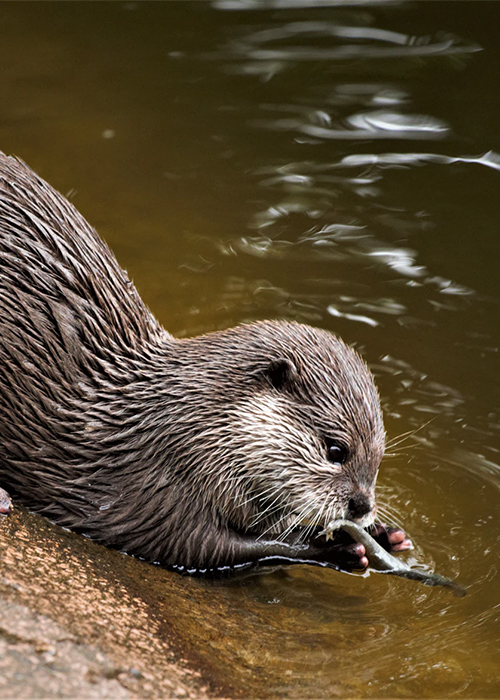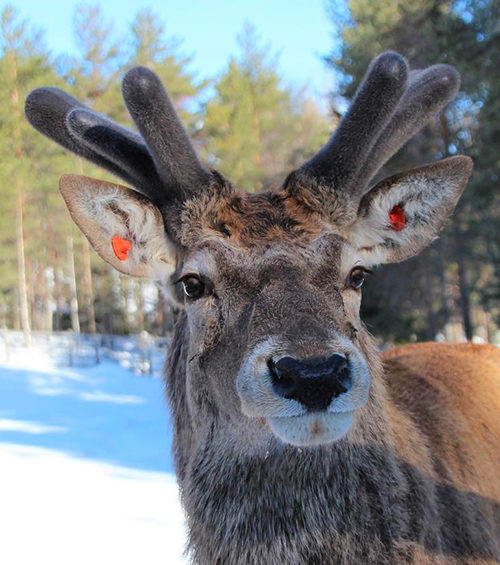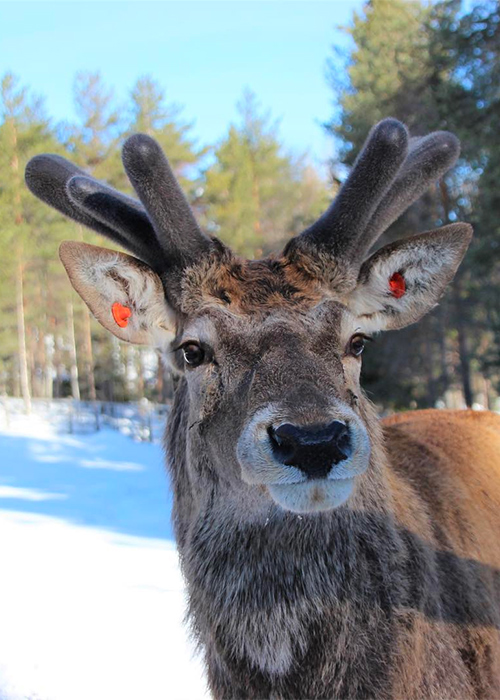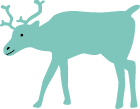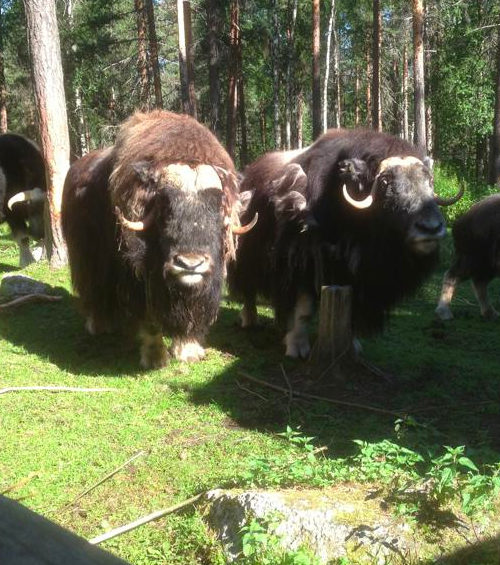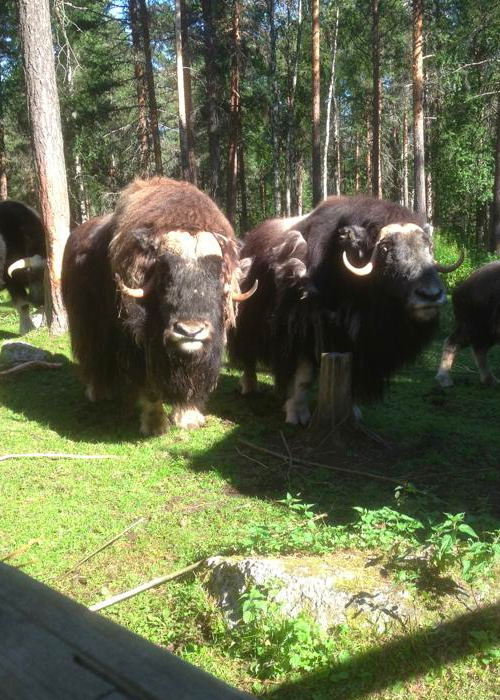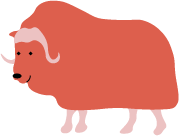(Cervus elaphus) The red deer has been present in Sweden since the Ice Age. During the 18th and 19th centuries, it was close to extinction in our country. Today, the population is slowly increasing. They mainly live in Skåne. Otherwise, the red deer can be found in southern and central Sweden and occasionally even in the coastal areas of northern Sweden. The adult deer has antlers that normally have three forward-facing points. The top points form a "crown", which has given the red deer its name.
| Belongs to: |
Order Artiodactyla (even-toed ungulates) |
| Family: |
Deer family (Cervidae) |
| Weight: |
About 250 kg (male), about 120 kg (female). |
| Lifespan: |
30 years |
| Mating season: |
September - October |
| Gestation period: |
Approximately 235 days |
| Calves: |
They are born in May-June, usually only 1 calf but in rare cases 2 calves. |
